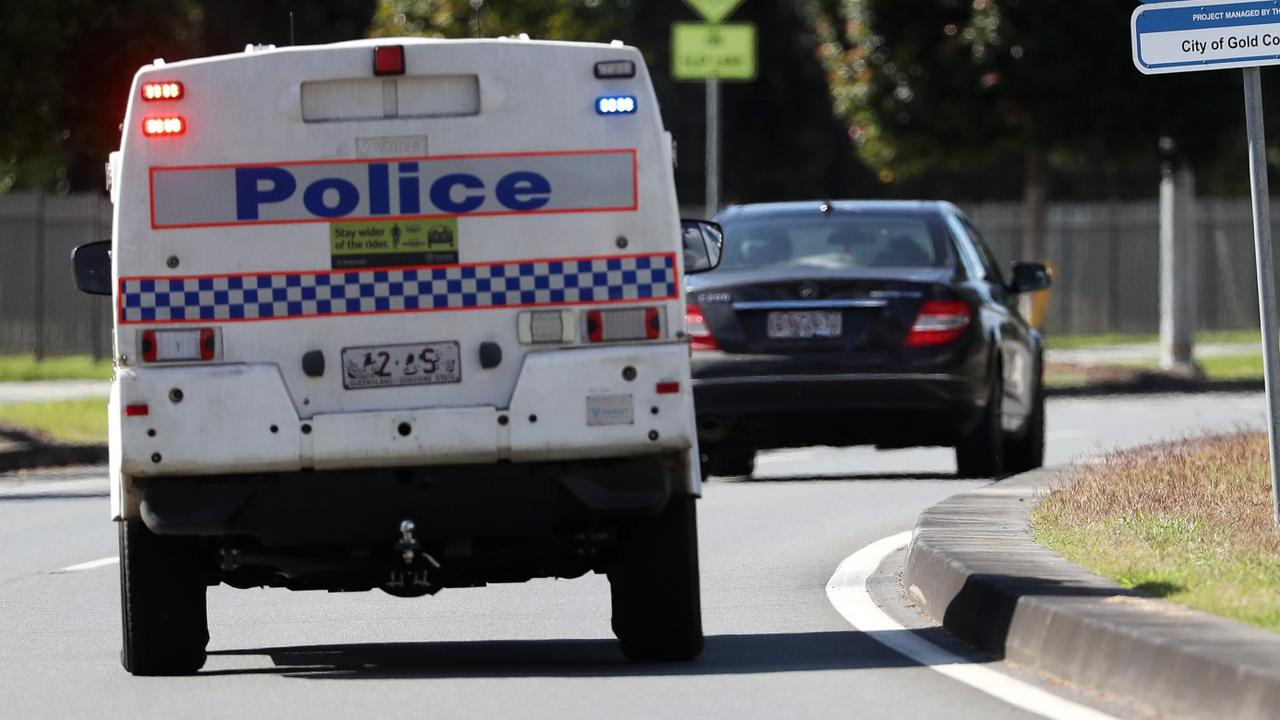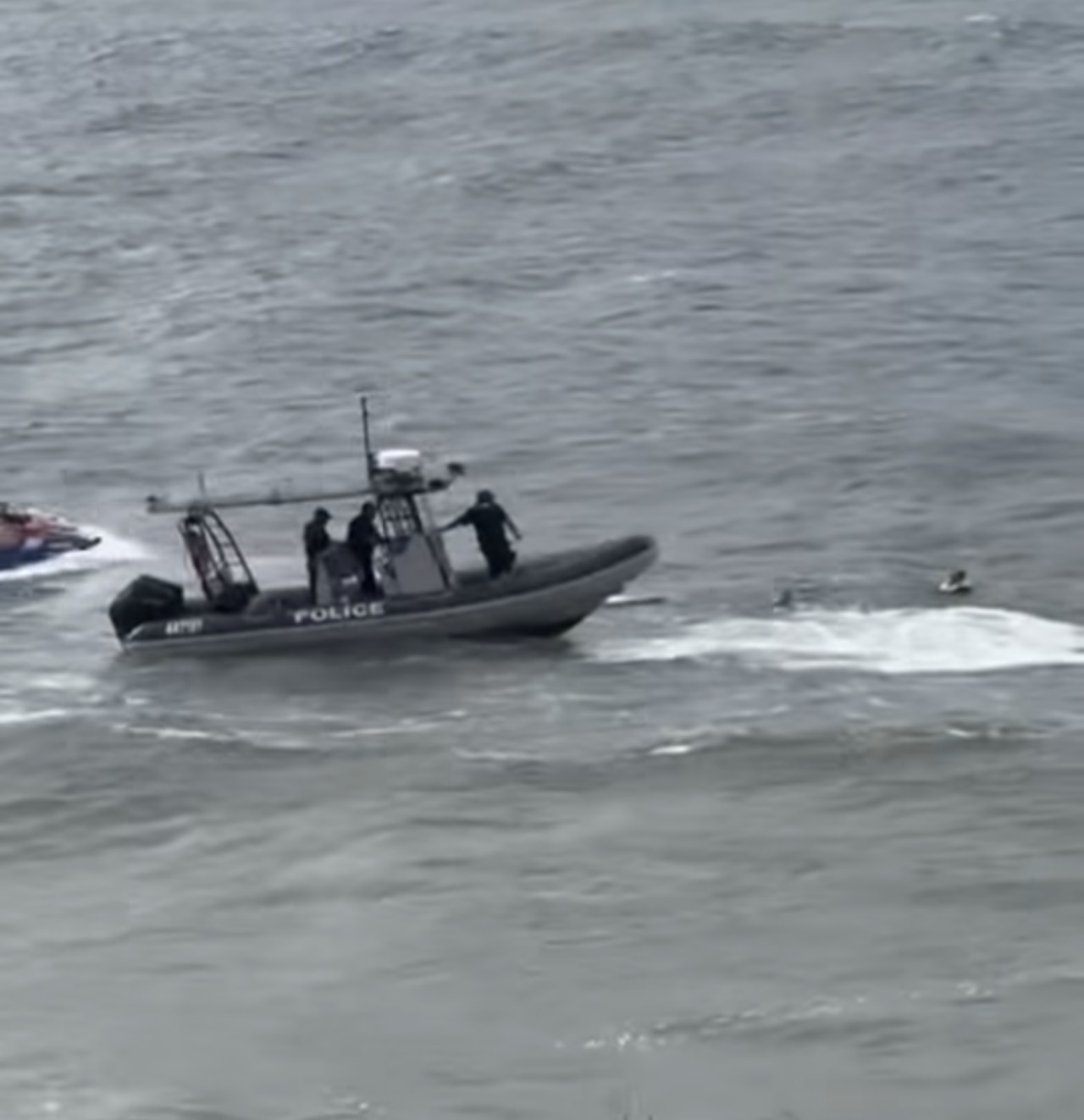Meter maids, cyclones and canal estates — how Sir Bruce Small built and saved the Gold Coast
Sir Bruce Small is remembered at the father and architect of the modern Gold Coast, in stunning tributes in the first official biography of the former Mayor.

Gold Coast
Don't miss out on the headlines from Gold Coast. Followed categories will be added to My News.
Sir Bruce Small is remembered at the “father and architect” of the modern Gold Coast in the first official biography of the former mayor.
Former Gold Coast Bulletin journalist Rachel Syers has described the several years digging into Sir Bruce’s life — which covers cyclonic threats at Surfers Paradise to the building of the canal estates — as the most satisfying work of her 30-year writing career.
Ms Syers conducted an exhaustive list of interviews with city identities, many of whom have now been lost, and uncovered rare photographs which for the first time provide the real history behind the amazing growth of what was a small coastal town.
Her book, Sir Bruce Small from Malvern Star to Mr Gold Coast, includes a foreword by former Premier Rob Borbidge, who recalled being nervous when visiting the Coast icon to gain his backing to run for the seat of Surfers Paradise.
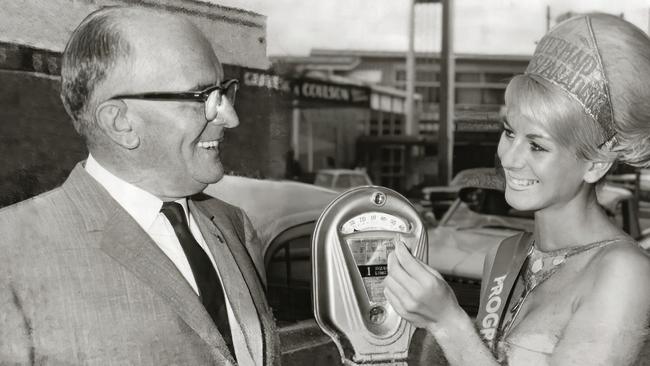
The youngest MP in Parliament House was to meet with the oldest and secure his blessing.
“I was uncertain and nervous; the grand man was courteous and supportive,” Mr Borbidge wrote.
“Sir Bruce Small was the father of the Gold Coast. Member of Parliament, mayor, builder, developer, promoter. Colourful, controversial, determined and innovative, kind, generous and caring.
“He was all of these things. He was a visionary, a man with a dream … of creating a paradise city by the sea.”
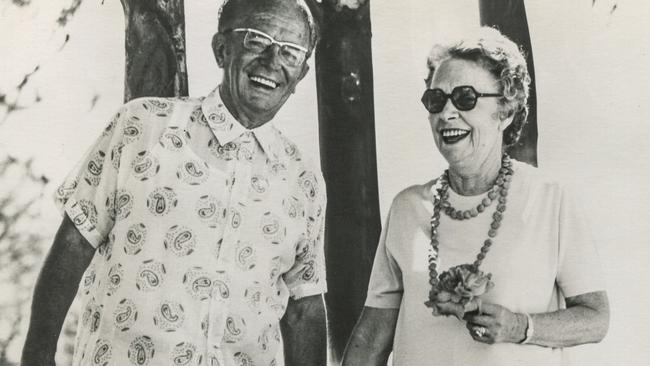
Key chapters in the book, to be featured in the Gold Coast Bulletin today and next week, show how paradise was almost lost when the city was forced to fight for its beaches in 1967.
Ms Syers interviewed the Bulletin’s late editor John Burton, one of the Coast’s longest-serving journalists, who recalled the weather event as unlike anything he had previously experienced.
“The Gold Coast could have gone down a different path following the cyclonic damage to Gold Coast beaches in 1968,’ Ms Syers said.
“Bruce was credited as saving the city by pushing for the Gold Coast City Council to implement a boulder wall that still protects the coastline today underneath kilometres of dunes.
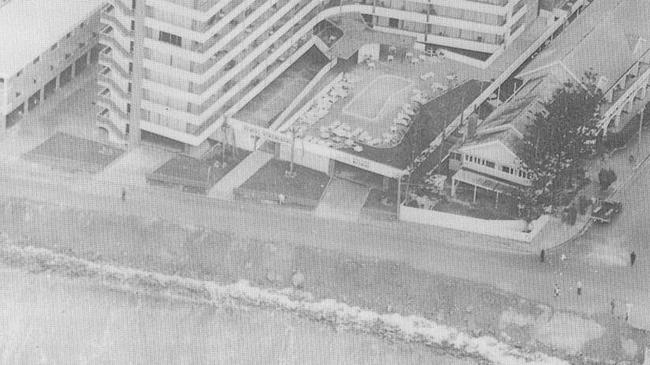
“He then toured for years to more than 45 towns and cities around Australia and New Zealand - and overseas to Japan - with meter maids and bikini models to promote Gold Coast tourism that saved the city’s economy from collapse and transformed Surfers Paradise into a tourist mecca on the world map.
“As a result he was labelled a messiah of tourism promotion and the whole country came to call him Mr Gold Coast.”
Ms Syers recalled one interview where she was told the Gold Coast could have remained a “sleepy
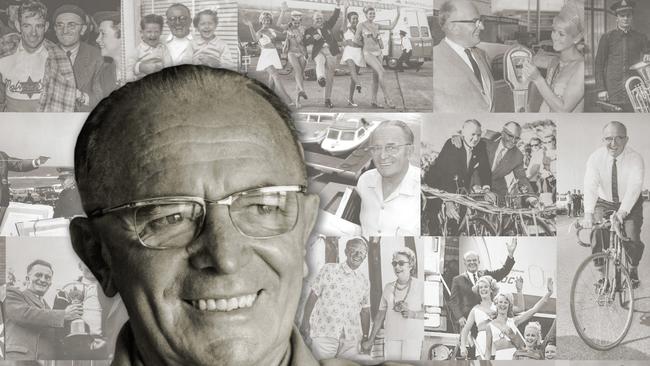
set of seaside suburbs” if Sir Bruce had chosen a different location to build his future.
The autobiography began when Sir Bruce’s granddaughter, Dr Anne Small, a GP in Melbourne, began searching to commission someone to write her grandfather’s story and approached the Gold Coast and Hinterland Historical Society.
“They approached a newspaper colleague of mine who I used to work with at the Gold Coast Bulletin, who recommended my name for the project because of my biographical writing experience,” Ms Syers said.
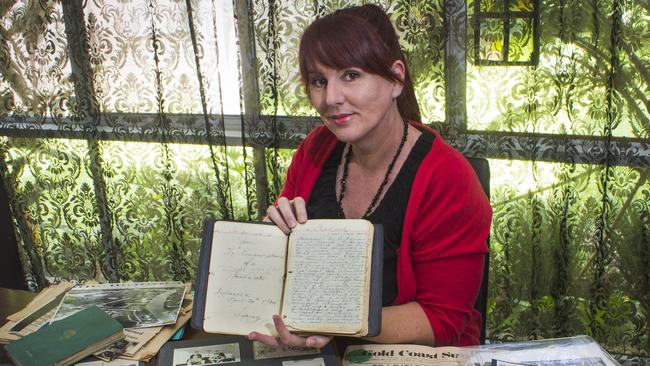
“I met with Dr Small at Sir Bruce’s Isle of Capri home, which is now in her care, and she gave me the incredible opportunity to write this biography for the Small family.
“I can honestly say this book is now the absolute highlight of my 30-year writing career and I feel so honoured to have played this part in officially honouring Sir Bruce’s legacy.”
The autobiography can pre-ordered through local bookstores or at sirbrucesmall.com.au

